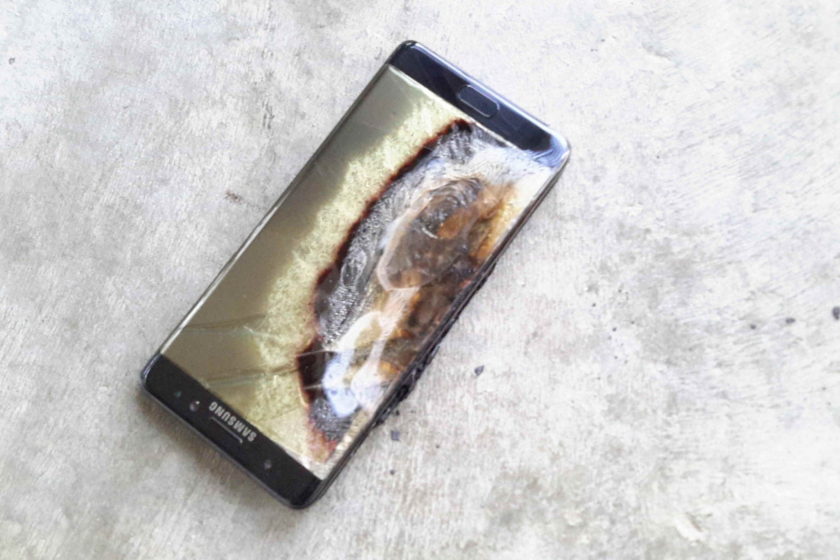Scientists have developed a candy cane-shaped supercapacitor that may enable fast charging of mobile phones, smart clothes and implantable devices. Researchers at Queen Mary University of London (QMUL) and the University of Cambridge in the UK developed a way to interweave nanostructures within a bulk material, achieving the benefits of conventional nanostructuring without using complex synthesis methods or sacrificing material toughness. The prototyped polymer electrode, which resembles a candy cane usually hung on a Christmas tree, achieves energy storage close to the theoretical limit, but also demonstrates flexibility and resilience to charge/discharge cycling,researchers said.
Supercapacitors:
The technique can be apply to many types of materials for supercapacitors, or energy storage devices, an electric charge.And also enable fast charging of mobile phones, smart clothes and implantable devices, researchers said.
Pseudocapacitance is a property of polymer and composite supercapacitors that allows ions to enter inside the material and thus pack much more charge than carbon ones that mostly store the charge as concentrated ions (in the so-called double layer) near the surface. The problem with polymer supercapacitors, however, is that the ions necessary for these chemical reactions can only access the top few nanometres below the material surface, leaving the rest of the electrode as dead weight, researchers said.
Growing polymers as nano-structures is one way to increase the amount of accessible material near the surface,but this can be expensive, hard to scale up, and often results in poor mechanical stability, they said. The researchers, however, have developed a way to interweave nanostructures within a bulk material, thereby achieving the benefits of conventional nanostructuring without using complex synthesis methods or sacrificing material toughness.
“Our supercapacitors can store a lot of charge very quickly, because the thin active material (the conductive polymer) is always in contact with a second polymer which contains ions, just like the red thin regions of a candy cane are always in close proximity to the white parts,” said Stoyan Smoukov from University of Cambridge. “This interpenetrating structure enables the material to bend more easily, as well as swell and shrink without cracking, leading to greater longevity. This one method is like killing not just two, but three birds with one stone,”he added.




Be the first to comment on "Candy cane-like supercapacitor could charge smartphones in seconds: Study"